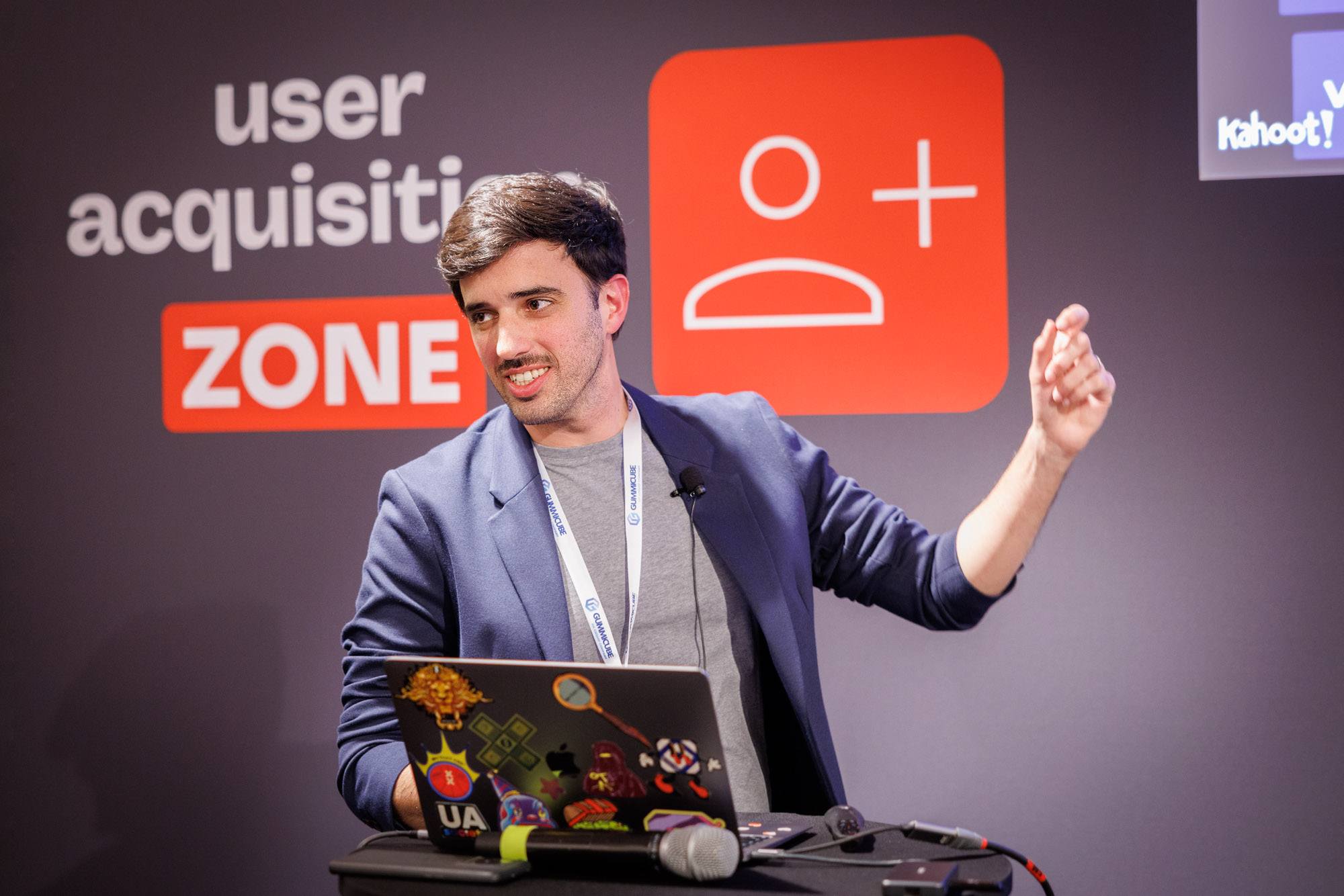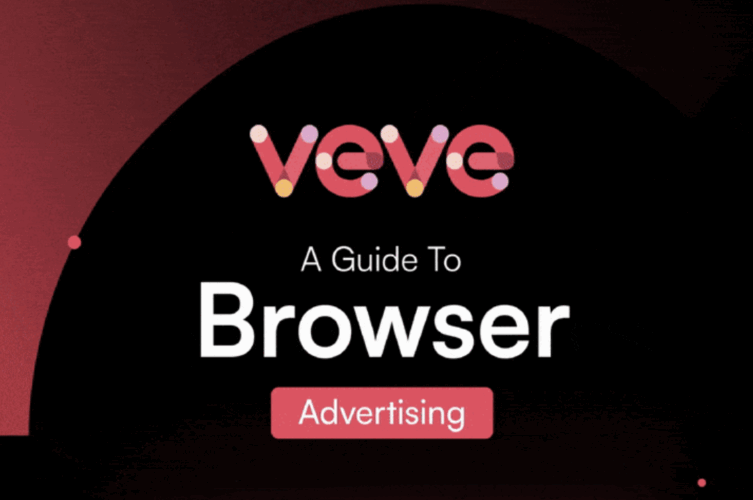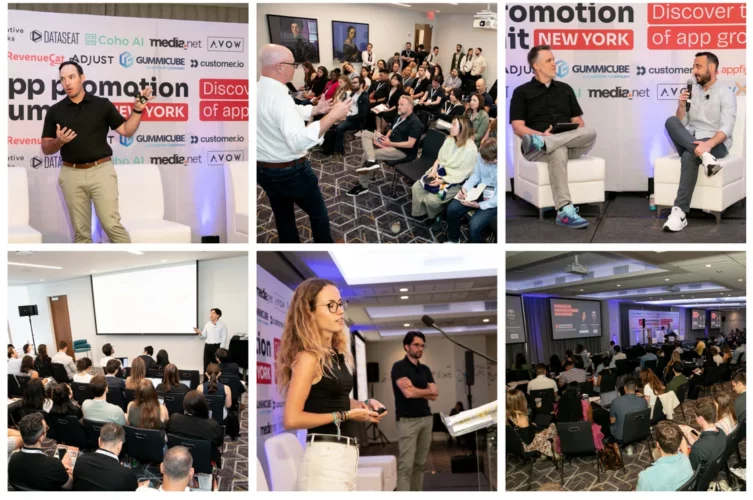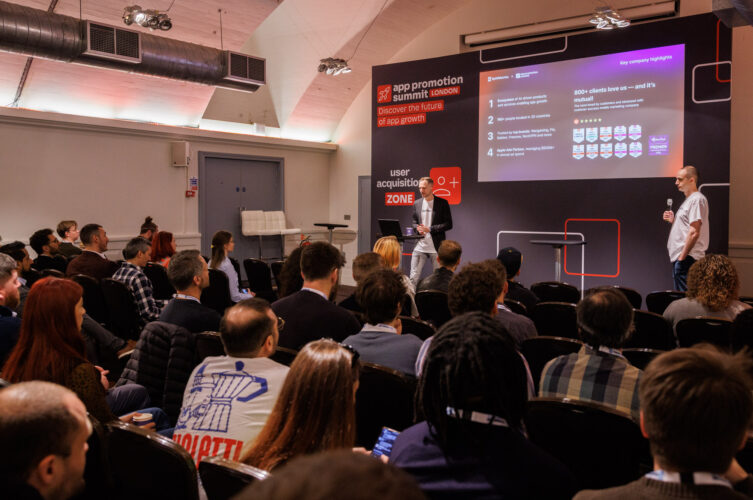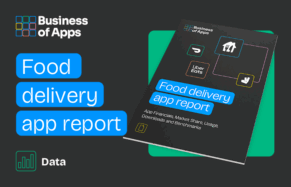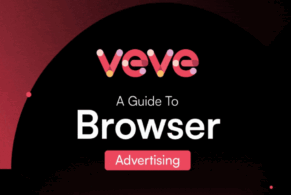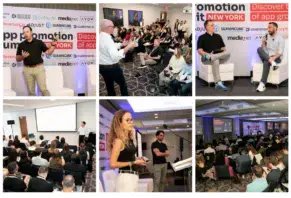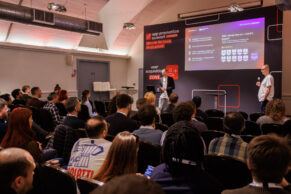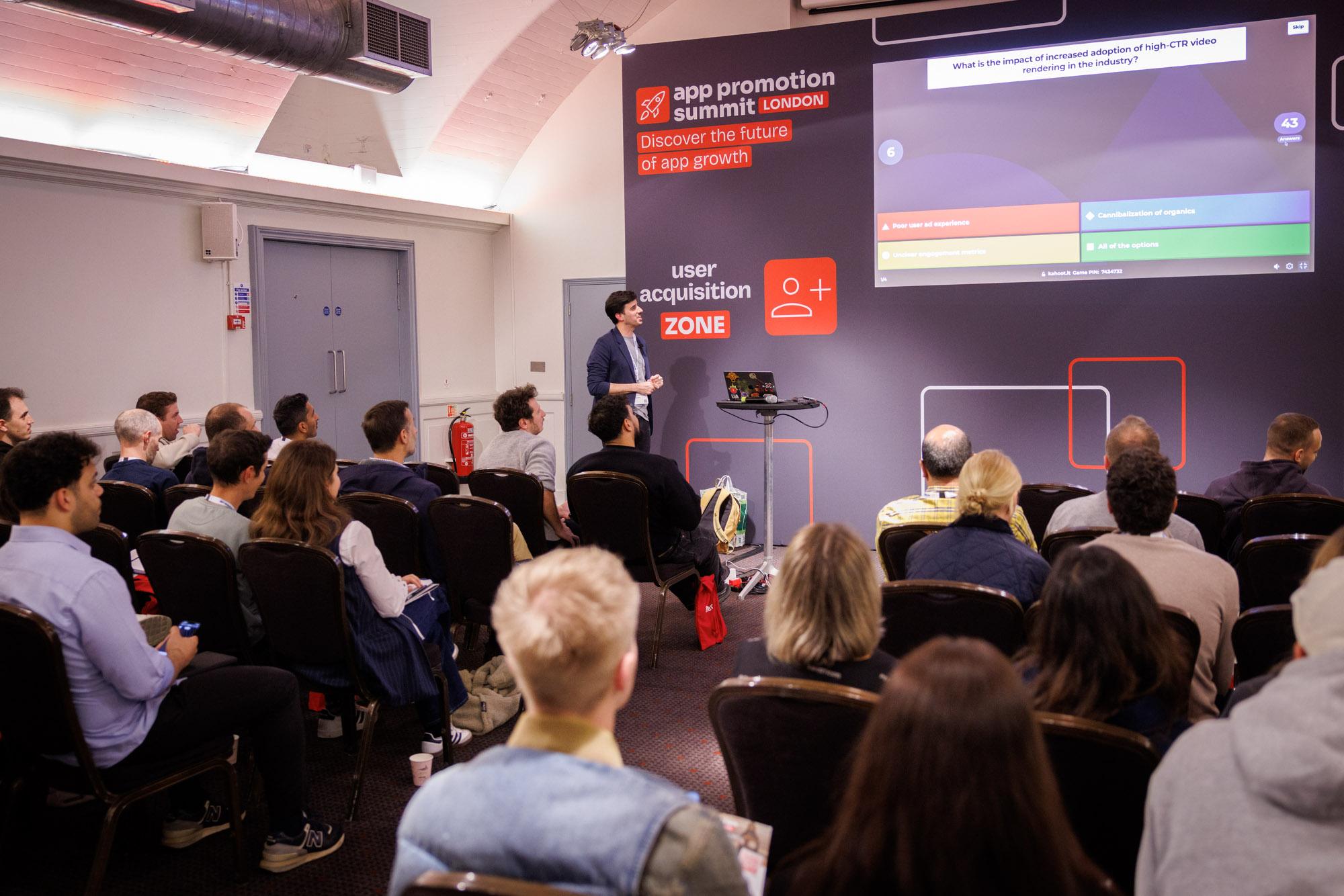
Mobile video advertising faces challenges with measuring genuine user intent as click-through rates reach unprecedented levels, with industry analysis suggesting that accidental clicks may be driving a significant portion of app installs while authentic user engagement becomes more difficult to track.
Speaking at App Promotion Summit London 2025, Tomás Yacachury, Strategic Partnerships Manager and Supply Lead at Kayzen, presented findings showing that video ad click rates have increased from 10-20% around three years ago to over 80% today, especially on iOS — a trend he attributes to interface changes that may increase accidental interactions.
The accidental click challenge
According to Kayzen’s analysis of programmatic advertising data, these elevated click-through rates don’t necessarily indicate improved user engagement. In one case study using heatmap analysis, the company found that 75% of unintentional clicks concentrated around skip buttons drove 13% of actual app installs.
Payments are silently stalling startup growth
High fees. Failed payments. Single point of failure. Our report shows why payments are holding startups back and how to fix it.
Download The ReportThe trend stems from evolving practices across the mobile advertising ecosystem that have developed over recent years. Publishers have shifted from clickable CTA buttons to full-screen clickable areas while skip buttons have become smaller and harder to target accurately. Skip delays now vary across platforms, from three seconds on Chartboost to eight seconds on AppLovin, extending the period during which users might accidentally interact with ads.
iOS’s SKOverlay adds additional complexity by creating interactions that ad exchanges cannot directly track.
When high performance masks poor engagement
Heatmap analysis of interactive video ads revealed the stark reality behind these inflated numbers. While users intentionally clicked on call-to-action buttons and engaging creative elements, the overwhelming concentration of interactions occurred around skip buttons, generating accidental clicks that nonetheless drive attribution wins.
Kayzen’s analysis suggests that the majority of impressions will register some form of click interaction. This creates attribution scenarios where impressions with potentially accidental clicks may win attribution over other touchpoints that represent more deliberate user engagement, leading to what Yacachury described as cannibalization of genuine engagement.
Beyond the broken click
Kayzen’s response to this ClickStack challenge — Yacachury’s play on ‘needle in a haystack’ — involves interactive end cards that track granular engagement metrics beyond clicks, measuring session duration, scroll depth, quiz completion rates, and interaction timestamps. Early implementations show promise for identifying genuine user interest through progressive targeting sequences that don’t rely on potentially accidental clicks.
The findings highlight a fundamental challenge facing mobile app marketers today. When success metrics become divorced from actual user intent, campaign optimization may be chasing the wrong signals entirely. As the industry grapples with these inflated engagement rates, the search for authentic user signals has never been more critical.
Catch Yacachury’s full session here.


